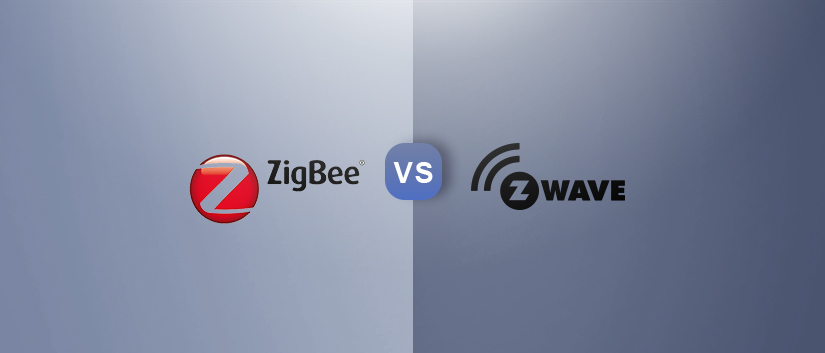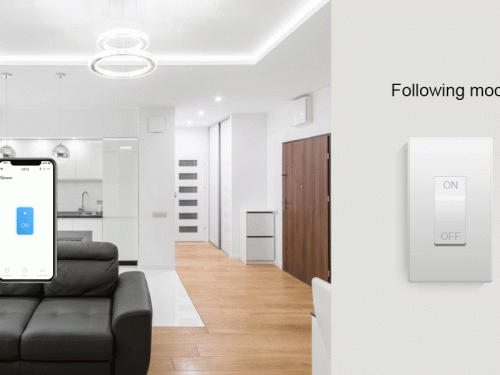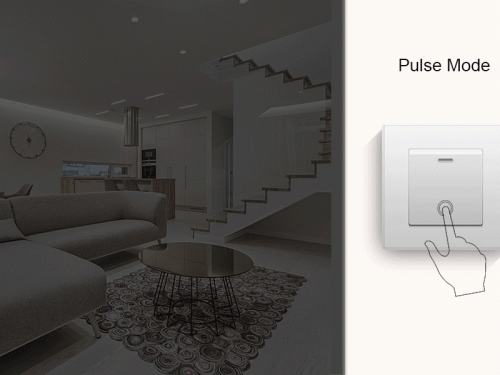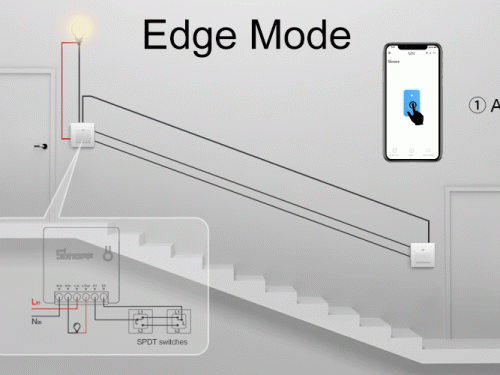

If you’re a follower that goes after home automation, I’m sure you have heard of the two terms “Zigbee and Z-Wave”. As yet, there is no a unified protocol standard approaching in smart home. No one can answer which one is good or bad, you can, however, choose one that is right for you.
Zigbee and Z-Wave are two kinds of wireless protocol standards that smart devices talk with one another. Simply put, they have similar role the same as Wi-Fi or Bluetooth. Although they’re similar, both of them are not compatible with each other.
When you build up the smart home, there’s one thing you need to consider is how does each of individual devices communicate with each other?
What are Zigbee and Z-Wave?
Zigbee and Z-Wave are both mesh network. It means that signals can easily hop from one device to another one without each standalone device connecting to Wi-Fi. They generally require a central hub to connect to the network. Furthermore, These two protocol standards operate on the same AES-128 symmetric encryption offered by online banks, no need to worry about safe communications.
Zigbee is open-source software. Based on Institute of Electrical and Electronics Engineers (IEEE) standard which develops a personal area network radio standard – 802.15.4. There are no limitations to the amount of “hops” between devices. Plus, the data rates of Zigbee is 40-250kbps. Comes with a transmission range up to 100 feet (30m).
Lately, SONOFF launched the first SONOFF ZigBee DIY Smart Switch that connects SmartThings hub to control all the connected appliances via SmartThing APP on iOS/Android phones to access rooms, scenes, members or automations mode to build a smart house. Seamlessly works with Amazon Alexa platforms including ZE39KL Echo Plus, DW84JL 2nd Gen Echo Show & L9D29R 2nd Gen Echo Plus
Zigbee runs on the 2.4GHz frequency with rapid transfer rates, which is comparable to a frequency for Wi-Fi. Also operates on the 915MHz bands in the US.
Support battery-operated devices. Some devices can run up to 7 years on one set of batteries or devices that don’t require batteries, like light switches. Due to its energy-saving features, Zigbee is an absolutely solid choice for those using smart sensors, smart locks and other smart devices that require battery power. But, Zigbee devices using different protocols can’t communicate with each other quite well.
Z-Wave is proprietary software developed and certified by the Z-Wave Alliance, so it has its own dedicated frequency, which means less interference than Wi-Fi and Bluetooth.
It operates on the 908.42MHz low-frequency radio band in the U.S. and Canada. Comes with 9.6-100kbps data rates for fast devices communication.
The transmission distance is 33-66 feet (10-20m), and this means it might work better with other devices for home automation.
It is worth noting that Z-Wave devices can’t be used and communicate outside the regions where being selling due to different radio frequencies. For example, Australian Z-Wave devices won’t work with American ones.
Support Brands & Devices
Zigbee can work with up to more than 6500 devices, Z-Wave on the other hands is limited to 232 devices, nonetheless, this is still sufficient for most homeowners. Below are some known as brands and devices which support Zigbee and Z-Wave protocol.
Compatible with Zigbee:
- Samsung SmartThings
- Amazon Echo Plus (support Alexa for voice control )
- Honeywell thermostats
- Philips Hue (Signify)
- Yale smart locks
- Belkin WeMo
- Ikea Tradfli
- ADT Security Hub
Compatible with Z-Wave:
- Samsung SmartThings
- Hogar Milo (support Google Assistant for voice control)
- ADT Security Hub
- Honeywell thermostats
- Yale smart locks
- Kwikset smart locks
- Somfy
Conclusion:
Anyway, both Zigbee and Z-Wave protocol are a great solution for smart home control. For the standard protocol, it seems that no winner or loser between them. Back to the question mentioned at the beginning: Zigbee and Z-Wave, which one is best for you? Actually, this totally depends on what smart home set you use.




